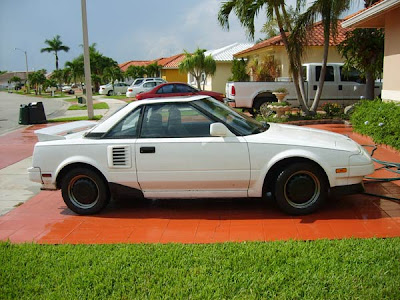

- #Drive genius bundle pdf#
- #Drive genius bundle software#
- #Drive genius bundle Pc#
- #Drive genius bundle windows#
#Drive genius bundle pdf#
PDFpen 5 ($59.95) – With an elegant and intuitive interface, PDFpen is the PDF toolkit that’s a joy to use. No wonder its the utility of choice for Apple’s own Genius Bar technicians.
#Drive genius bundle Pc#
Easily migrate your existing PC and files, import other virtual machines, or start fresh to open your Mac to a new world of apps, games, and devices.ĭrive Genius 3 ($99.00) – Arguably the most powerful disk utility on the planet, Drive Genius 3 covers all the bases an app in its class should: from partitioning to preventive maintenance to cloning, defragging and much more.
#Drive genius bundle windows#
VMware Fusion 4 ($49.99) – From the global leader in virtualization, VMware Fusion 4 allows you to effortless run Windows apps concurrently on your Mac without having to reboot. The limited-time offer represents an 87% savings and includes major Mac titles like VMware Fusion 4, Drive Genius 3, and PDFpen 5, all together at their lowest price ever.
#Drive genius bundle software#
Traverse City, Michigan – MacUpdate launched its latest Mac software bundle Wednesday, featuring another unmatched collection of 11 popular Mac apps for just $49.99. MacUpdate March 2012 Bundle: VMware Fusion 4, Drive Genius 3, PDFpen 5, and 8 more for 87% off Star Wars: The Force Unleashed: Ultimate Sith Edition ($29.99) You are breaking even with the VMware Fusion 4 headliner, but there are great apps up and down the lineup including Drive Genius disk utility, PDFPen 5 PDF editor, Snapheal photo editing, Forklift FTP/Finder Utility, Typinator 5. The Genesis was succeeded in 1994 by the Sega Saturn.MacUpdate has one of the best bundles we have ever seen on a wide-ranging set of Mac software. Many games have been re-released in compilations or on online services such as the Nintendo Virtual Console, Xbox Live Arcade, PlayStation Network, and Steam.

By the mid-2010s, licensed third-party Genesis rereleases were still being sold by AtGames in North America and Europe. In addition, Tec Toy sold an estimated three million licensed variants in Brazil, Majesco projected it would sell 1.5 million licensed variants of the system in the United States, and much smaller numbers were sold by Samsung in South Korea.


Controversy surrounding violent games such as Night Trap and Mortal Kombat led Sega to create the Videogame Rating Council, a predecessor to the Entertainment Software Rating Board.ģ0.75 million first-party Genesis units were sold worldwide. As this contest drew increasing attention to the video game industry among the general public, the Genesis and several of its highest-profile games attracted significant legal scrutiny on matters involving reverse engineering and video game violence. The North American release in 1991 of the Super Famicom, rebranded as the Super Nintendo Entertainment System, resulted in a fierce battle for market share in the United States and Europe that has often been termed as a "console war" by journalists and historians. Contributing to its success were its library of arcade game ports, the popularity of Sega's Sonic the Hedgehog series, several popular sports franchises, and aggressive youth marketing that positioned the system as the cool console for adolescents. In Japan, the Mega Drive fared poorly against its two main competitors, Nintendo's Super Famicom and NEC's PC Engine (aka TurboGrafx-16), but it achieved considerable success in North America, Brazil, and Europe. Sega created two network services to support the Genesis: Sega Meganet and Sega Channel. It was released in several different versions, some created by third parties. Several add-ons were released, including a Power Base Converter to play Master System games. It plays a library of more than 900 games created by Sega and a wide array of third-party publishers delivered on ROM-based cartridges. The Sega Genesis, known as the Mega Driveĭesigned by an R&D team supervised by Hideki Sato and Masami Ishikawa, the Genesis was adapted from Sega's System 16 arcade board, centered on a Motorola 68000 processor as the CPU, a Zilog Z80 as a sound controller, and a video system supporting hardware sprites, tiles, and scrolling.


 0 kommentar(er)
0 kommentar(er)
